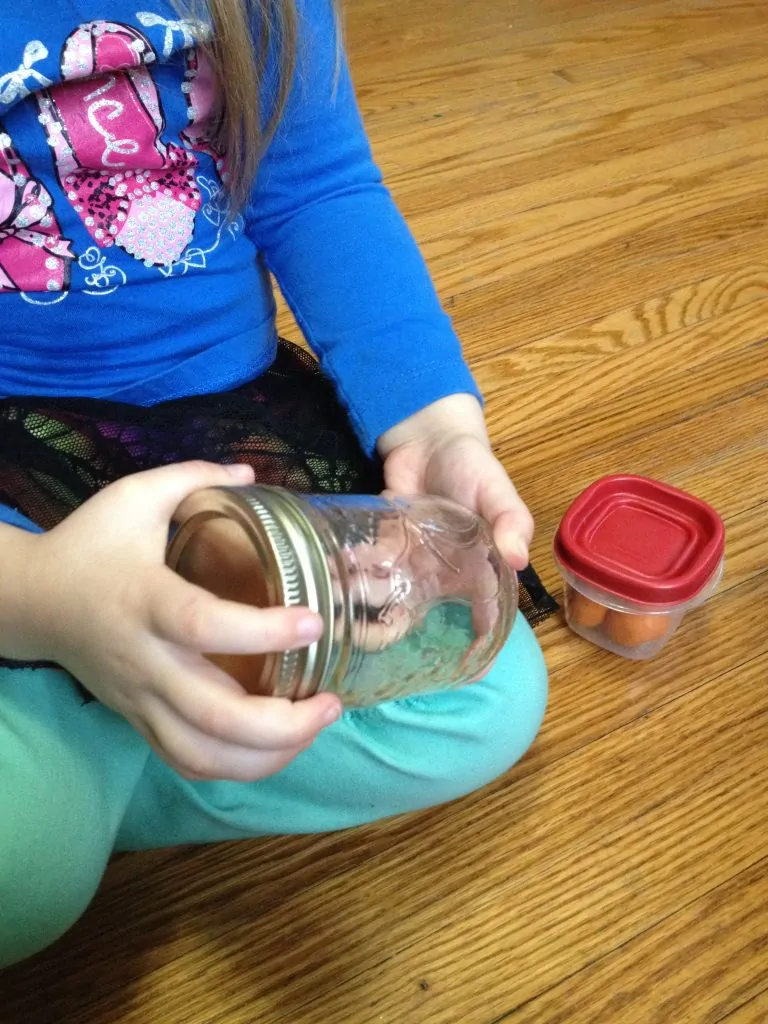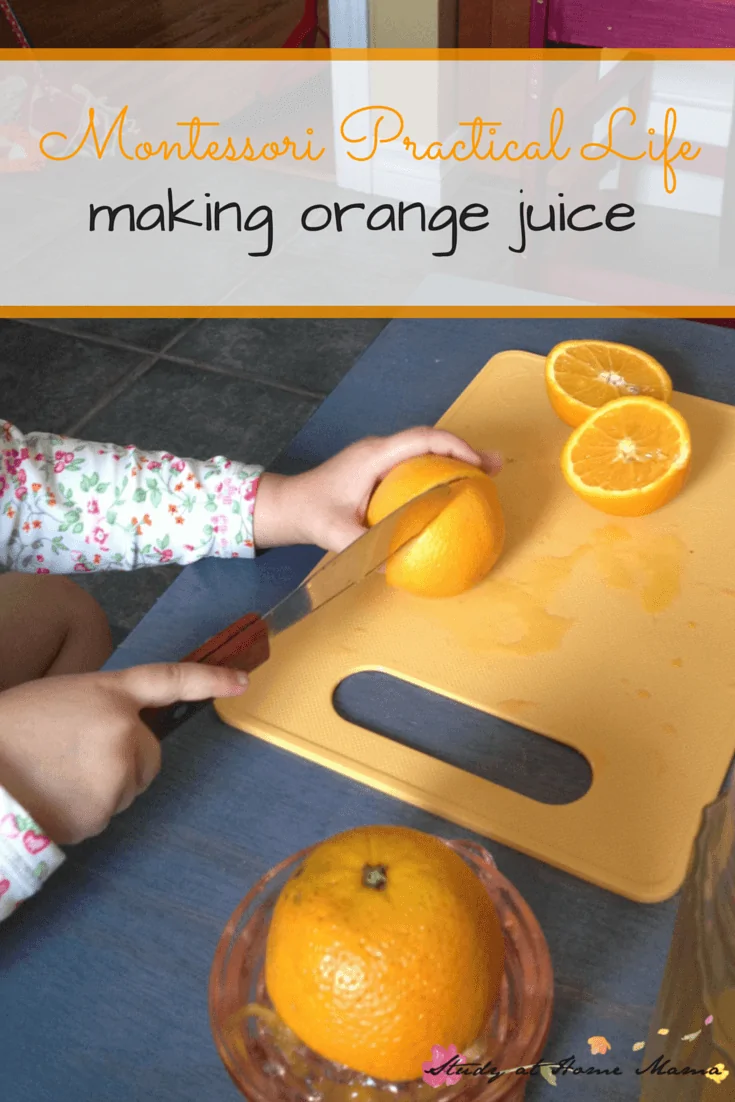Montessori Practical Life: Analysis of Movement
I’ve been facing a bit of a snack time dilemma recently, relying too often on individually portioned snacks for our Montessori Mini Fridge because some of the children have difficulty opening the reusable single-serving sized containers that I would prefer to use.
So, this Montessori Practical Life Lesson from contributor Beth Holley of A Montessori Lexicon could not have come at a better time. Giving the children a practical life lesson in how to open various containers, and keeping empty snack containers in a always-available basket in the work room is a much better solution for me than the waste and cost of the prepackaged snacks!
But this Practical Life post is more than just a lesson on how to open and close containers, it is about understanding why the Montessori Method has such a focus on precision in the teacher’s movement.
Today we’ll consider the analysis of movement in the Montessori practical life lessons.
As an example, we’ll use the lesson write-up on Opening and Closing Containers.
If you’ve read our previous posts on practical life skills, you will have noticed the rather detailed way in which the lessons are written up. The step–by–step instructions are intentional. The detail is intended to get the adult to consider each step involved in a task. Once you have analyzed a task, you can better show your child each step, giving a clear and enticing presentation.
Adults tend to focus on the goal of a task. Usually our purpose is to “get ‘er done.” The young child, on the other hand, is motivated by the activity itself and not concerned with time. Her mind is attracted to careful and logical sequence.
Opening and Closing Containers with Various Lids
Direct Purpose: to develop the movements and finger muscular control needed to open and close a variety of containers;
Indirect Purpose: independence and concentration.
Material:
- Four to six containers of different sizes and types with corresponding tops, e.g., three sizes of screw top jars, two sizes of plastic containers with seal lids, and a loosely corked bottle. Choose containers of a size that can be grasped by small hands.
- A light-weight box or basket in which these are kept.
(You can also purchase a set for this activity from Montessori Services, including a small work mat and basket)
Age: 2 1⁄2 – 4
Presentation:
1. Place each container in front of you on the table in descending order of size, with the largest on the left and smallest on the right.
2. Beginning with the left jar, hold the jar at its base with one hand while you use your fingers of the opposite hand to unscrew the top. Gently place the top in front of the jar.
3. Continue to remove the lids left to right, each time holding the container at its base and using the opposite fingers to remove the top. Place each top in front of its corresponding container.
4. Now replace the tops, beginning with the left jar.
5. Continue to replace the lids left to right, each time holding the container at its base and using your opposite fingers to replace the top. Seal lids may require the palm of your hand.
6. Invite the child to try.
Exercise 2: Lids Mixed Up
1. Say, “Watch while this time I mix up the lids.”
2. Repeat the original presentation, but this time place the lids to the side such that they are in mixed order.
3. Invite the child to try.
Points of Interest:
Does the child hold the jar steady when removing and replacing lids?
Does she get the screw top secured flatly?
Can she use enough pressure to secure a seal lid?
Note: In the second stage, the child must distinguish the bottle sizes and match the lids, practicing the ability to discern sizes and shapes.
In this lesson, the two key movements are holding the container steady with one hand and manipulating the fingers of the other hand. In isolating these movements, we can better show the process, and better determine where a child is having difficulty in her own efforts. As mentioned before, we can re–present the task with an emphasis on any difficulties, adding a short comment such as, “Watch while I hold it steady and pull with my fingertips.”
Now you can have fun analyzing the opening and closing of all kinds of things: doors, drawers, bins, packages, water taps, and more. One of my favorites is a lesson on gently handling our books, how to hold them, open them, turn pages, and close them.
You can also find Beth Holley on Teachers Pay Teachers.
Did you enjoy this Montessori Practical Life Lesson? Next up are our grating soap lesson and mortar and pestle lesson.








its really usefull